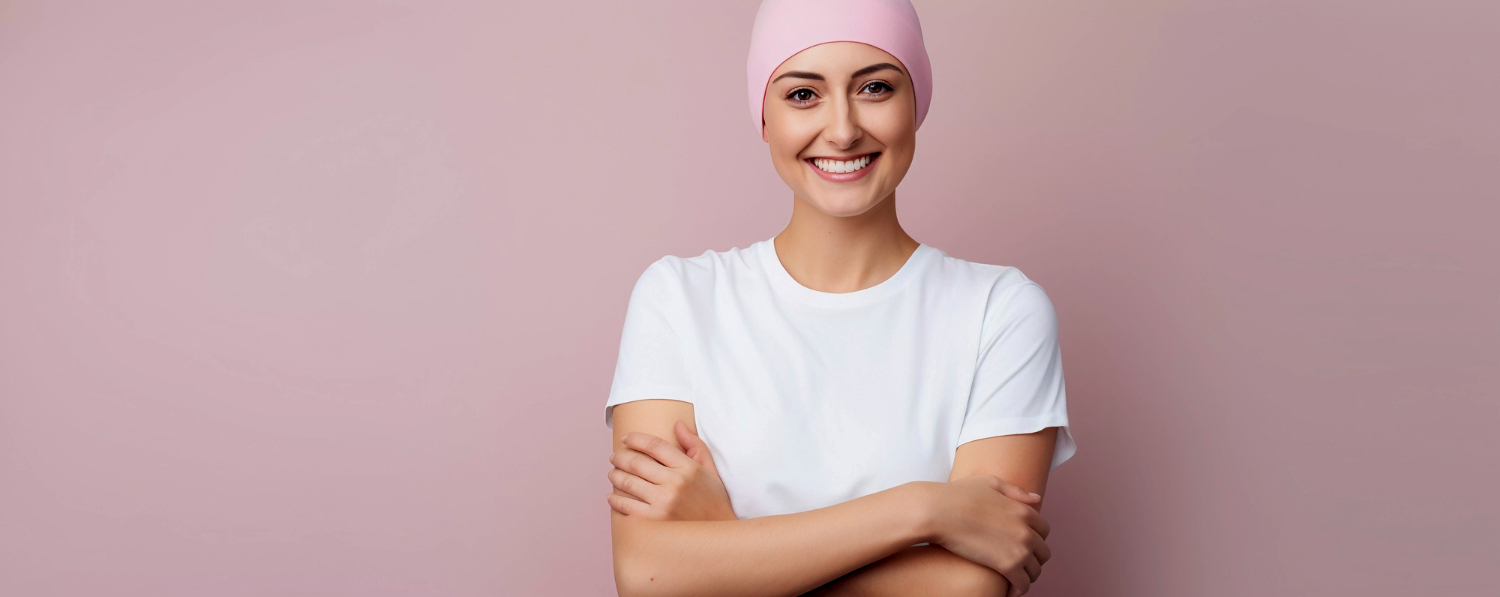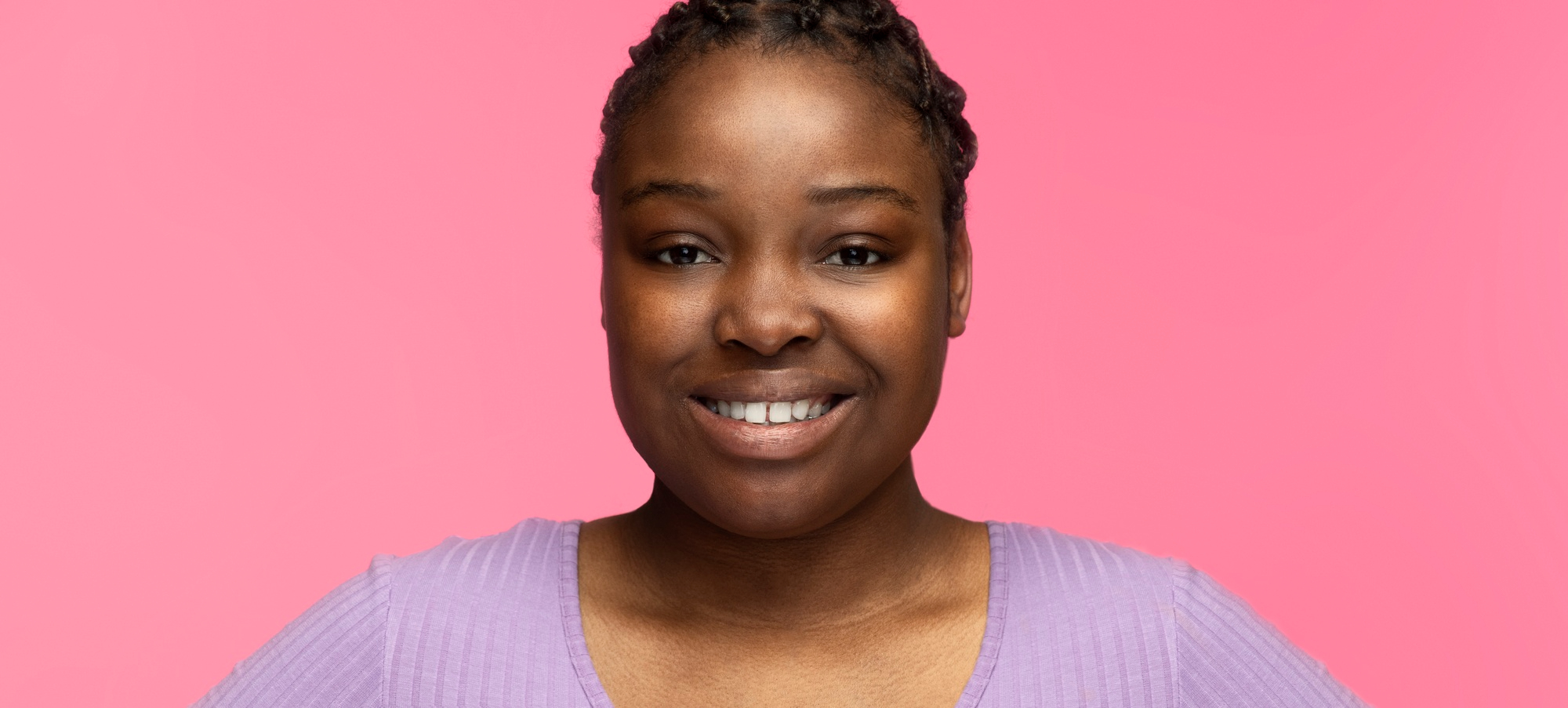When Should You Have a Mammogram: A Comprehensive Guide
Good health is fundamental to our existence. To prioritize your health, staying informed about preventative measures is crucial. For women, an important aspect of proactive healthcare is understanding their breast health, including when to have a mammogram. Mammograms play a pivotal role in detecting breast cancer early, significantly improving treatment outcomes. This comprehensive guide explores all you need to know and understand about breast health.
What is a Mammogram?
Breast cancer is a disease affecting millions of women worldwide (1). Early detection is a game-changer, and mammograms are the frontline warriors in this battle.
Mammography or mastography is the process of obtaining an x-ray of your breasts through a device called a mammogram. These specialized X-ray images can detect abnormalities in breast tissue long before they manifest as lumps or malignancies. While screening cannot prevent breast cancer, mammograms can catch cancer in its infancy, making treatment more effective and increasing the chances of a full recovery (2).
How does a Mammogram work?
View post on imgur.comA mammogram uses low-energy rays (which are usually 30kVp) to screen your breasts for capturing the cancer-causing cells or lumps. The device incorporates ionizing radiation dosages to generate and capture the images. The doses are lower in a mammogram compared to the radiation used for bone x-rays. The mammographer or radiologist will examine the images for a tumor or lump in your breast.
The mammogram could be either a 2D or 3D depending on the level of examination. A 2D digital mammography is the common and standard breast screening test for women.
Who can get a Mammogram?
The question of when to start having mammograms sparks debate. However, individual factors, such as family history and personal health, may influence this decision. Women who are over 40 years old are encouraged to start their mammography screenings. If they have a first-degree family history or a family member should start earlier annual screening at the age of 30. Women with BRCA gene mutations should also take mammography as a precautionary step.
A mammogram can be performed even when you do not have any symptoms of breast cancer, or you are over 40 years old. It is not advisable for teenagers and any women in their 30s without a family history. For women under 40 years, doctors can perform physical breast examination to identify potential abnormalities.
According to the American Cancer Society (ACS), women between 40- 44 years of age can get annual mammograms (3). Many organizations and agencies recommend that women between 40-69 years of age, should have routine mammograms (every year). While women in their 70s are advised to do that every 2-3 years.
Why and When Should You Have a Mammogram?
Mammography or mammogram helps in the early detection of breast cancer in women. Women should consider getting a mammography if they are over 40 and notice (4):
- A newly developed lump or mass in their breast or under the armpits
- A change in size, shape, or feel of their breast
- Itchy breast or pain in the breast
- Skin abnormalities in and around the breasts, including redness, rash, dimpling, wrinkling, or retraction
- Changes in the position of the nipple
- Leakage of nipple fluid in the absence of pregnancy or nursing.
Where to get a Mammogram?
View post on imgur.comA mammography may be done at a hospital or a mobile unit as part of the breast cancer screening scheme. Mammograms are typically performed at an x-ray department by a radiologist who looks at the Xray to detect any abnormalities or an early sign. Specialized breast clinic is also available for screening of breast cancer. Usually, the local hospital is where this happens.
In the clinic, various procedures, an ultrasound scan and breast examination are carried out in addition to a mammogram. A biopsy (sample of tissue) may also be done if required. A procedure where physical breast examination and mammography are followed by a biopsy test is known as a triple assessment.
Preparation and Process
Knowing what to expect during a mammogram can alleviate anxiety. There are no specific preparations or precautions needed. You can have a regular meal and drink before the procedure. Having mammogram screening before a week of periods or during periods can aggravate pain due to breasts being tender or swollen during that time.
Inform the mammographer about any breast implants you may have, as you might require further X-rays. Don't use deodorant or talcum powder on the day of the test because they could interfere with the mammography (5, 6).
- A mammogram (an X-ray machine) is what you stand in front of during the procedure
- Your breast will be positioned between two plastic plates by a radiographer or a mammographer
- The plates will start to press firmly and flatten your breasts. Although this could be uncomfortable, it aids in obtaining a clear image
- A frontal and lateral X-ray of both breasts will be taken
- The mammography will then be read by a radiologist
- Talk to the radiographer or mammographer if you feel any pain or discomfort during the process
- After the procedure, you might feel tenderness for up to a few hours and that is normal.
Result
Your results will be provided the same day, or you will receive it via post within two to three weeks from the appointment.
The radiologist examines the results for any anomalies. No further tests will be done if everything appears normal. You will be advised to have an ultrasound or biopsy if the radiologist finds any abnormalities to obtain more precise results. Following the identification of the lump or tumor cells, the stage of the disease is determined, and the appropriate course of treatment is administered.
View post on imgur.comIf the mammography results are not clear, you may be asked occasionally, to repeat the procedure.
Possible Risks and Side Effects
Even though mammography is advised to be done routinely for women above 40 years to prevent breast cancer, it does have some limitations as well. The primary concern is about the possibility of a false-positive result. This indicates that a finding on mammography may not be cancerous following additional testing. This leads to anxiety for the patients which makes them a lead a healthy lifestyle and more awareness of the possibility of developing breast cancer.
In your 40s and 50s, false-positive results are more likely to occur. So, reassurance is needed in this regard by doing other tests like biopsy or ultrasound followed by mammography.
Women who get mammograms are exposed to low levels of radiation, which hardly ever results in disease. Women with larger breasts and those who receive higher doses of radiation are thought to be at higher risk of radiation from mammography since additional radiation is needed to see all breast tissue.
Getting a mammogram isn’t completely dangerous. Even though it has a few limitations, it is indeed a good and safe precautionary way for women to detect breast cancer in the early stages. Also, it is suggested to examine your breasts monthly on your own for any physical abnormalities and report to your doctor accordingly.
Conclusion
In women's health, mammograms are important in the fight against breast cancer. By being empowered with the knowledge of what you need to do and understanding personal risk factors, you can contribute to preserving your breast health. Remember, your healthcare provider is your friend on this journey, providing guidance, support, and expertise. By embracing regular mammograms, you are not just prioritizing your health; you are investing in a future where breast cancer is detected early and defeated decisively.
By: Mithila Mohan (Global Health Professional)
Medically Reviewed by: Nandini Elanchezian
Also, Read;
Exploring the Intersection between Smoking and Illness
Cancer Fighting Foods: Unlocking the Secrets of Nutrition
Surprising Causes Behind the Soaring Cancer Cases





Comments (0)